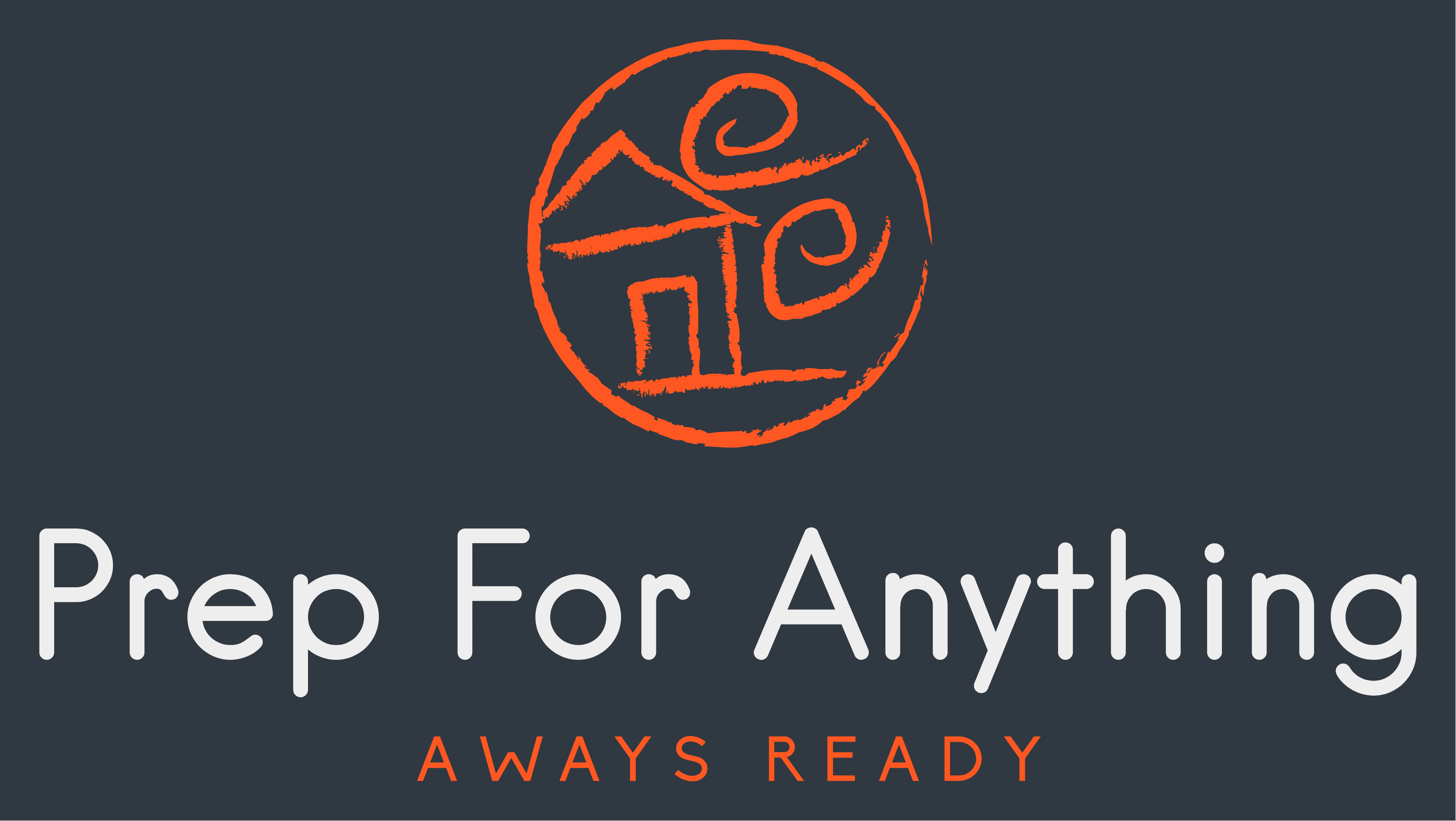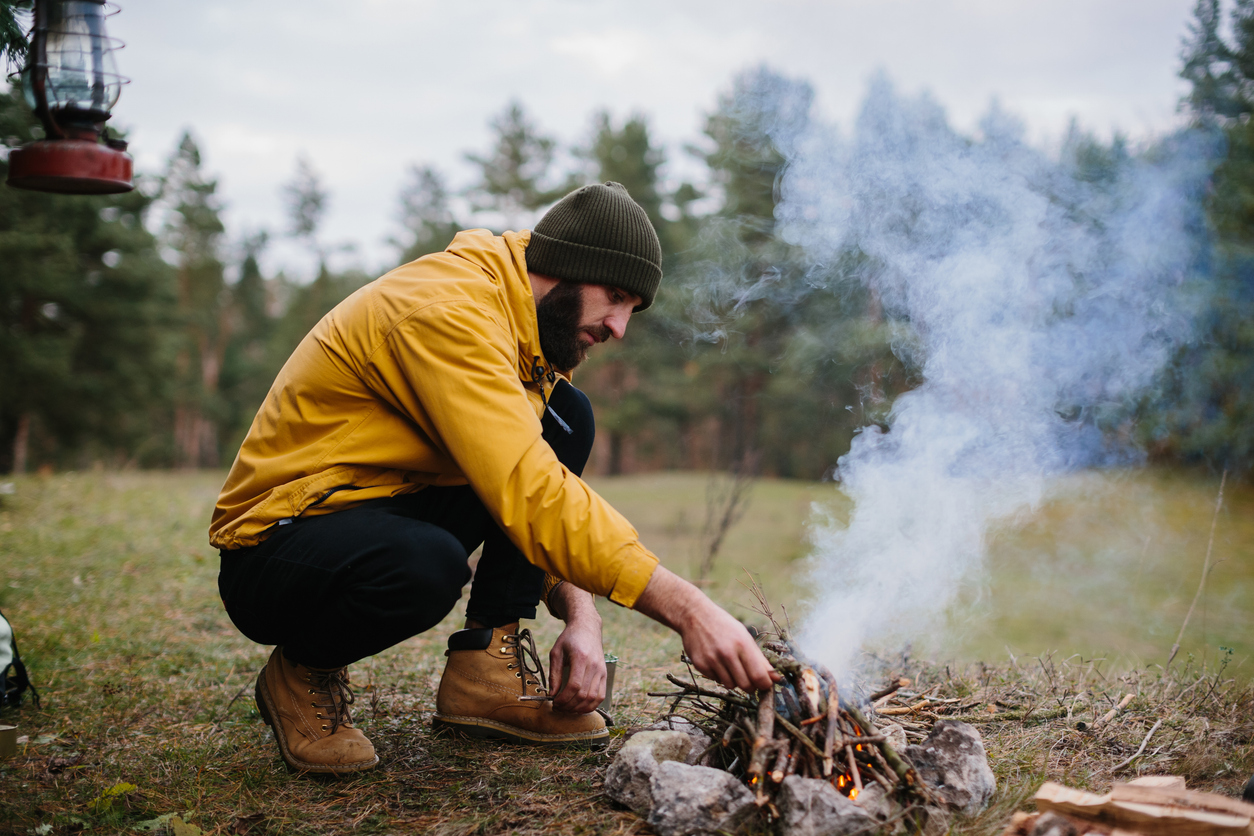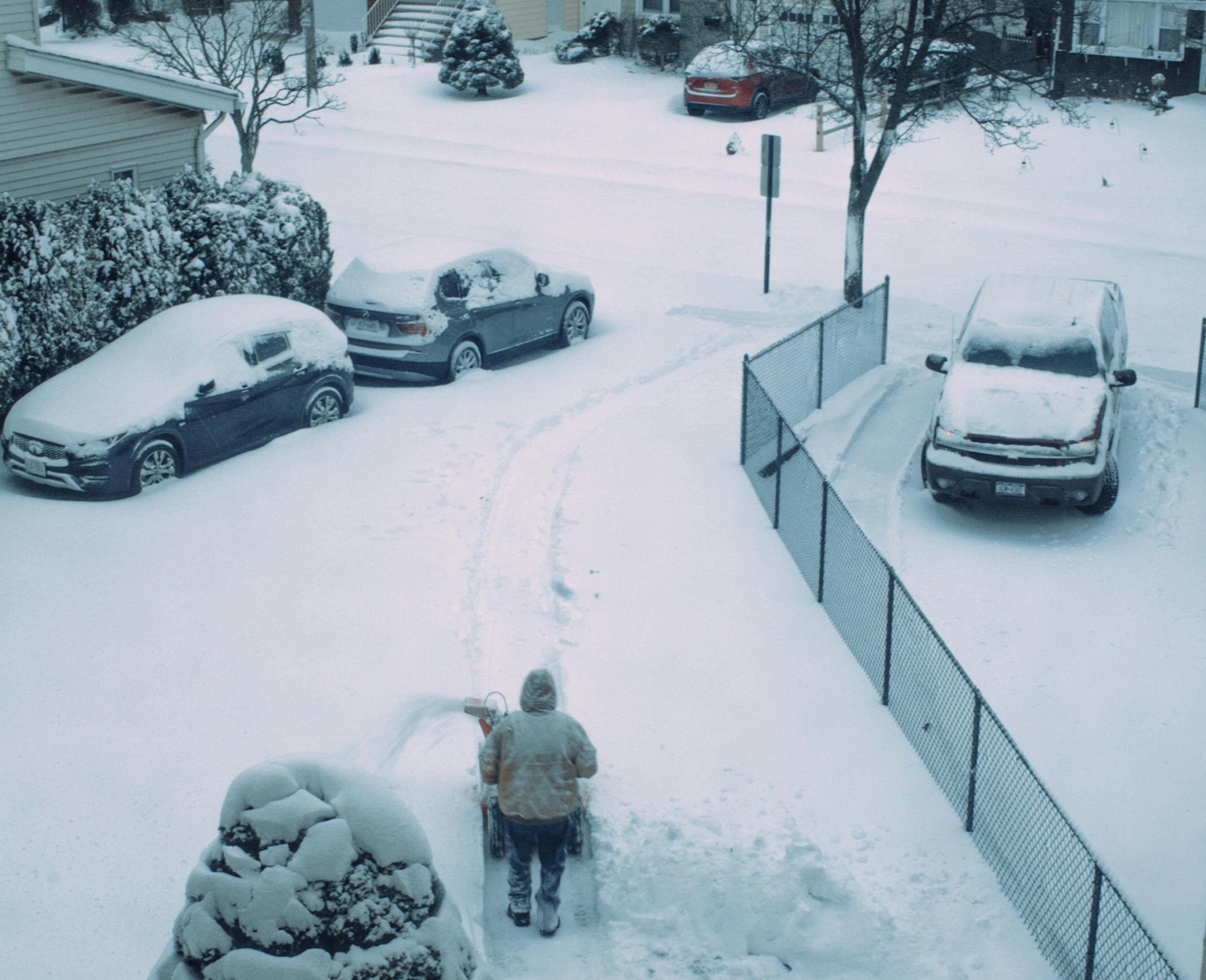When a disaster strikes, having the right gear is crucial, but mastering essential skills to survive any disaster is what truly increases your chances of making it through. Whether you’re facing a natural or man-made emergency, the following essential skills to survive any disaster will help you navigate through the toughest situations.
1. First Aid & Basic Medical Skills
In any emergency, first aid is one of the essential skills to survive any disaster. Knowing how to treat injuries before help arrives can be lifesaving.
Being able to treat injuries quickly is one of the most critical survival skills. In a disaster, emergency responders might be delayed, making it essential that you can take care of yourself and others in the meantime. Basic first aid skills include stopping bleeding, dressing wounds, treating burns, and performing CPR. In more remote or isolated situations, understanding how to treat fractures, hypothermia, and dehydration can be lifesaving.
To expand your knowledge, consider enrolling in a local first aid course or even a wilderness medicine class, where you’ll learn how to treat more serious injuries with minimal resources. Keep a well-stocked first aid kit in your home and vehicle, and learn how to use everything in it. Having the tools is important, but knowing how to use them could mean the difference between life and death.
2. Fire Starting
Fire provides warmth, food, and safety—making it one of the essential skills to survive any disaster. Learn techniques for starting fires with and without modern tools. In a disaster, the ability to start a fire could be the key to survival, especially in cold environments. Knowing how to start a fire using matches or a lighter is a basic skill, but it’s also important to learn how to build a fire without modern tools.
Practice fire-starting techniques such as using flint and steel, a magnifying glass, or even the friction method with a bow drill. You can explore more essential fire-starting techniques to improve your chances in any situation. You should also familiarize yourself with different types of fire setups, like a teepee fire for quick ignition or a log cabin fire for a longer, sustained burn.
Always carry multiple methods of starting a fire in your survival kit: waterproof matches, a lighter, and a ferrocerium rod are all excellent tools to have on hand. Additionally, practice fire safety and know how to properly extinguish a fire to avoid accidental forest fires or further danger.
3. Water Purification
Purifying water is absolutely one of the essential skills to survive any disaster. Having access to clean drinking water is non-negotiable in survival situations. While most people know they need to drink water regularly, they might not realize just how dangerous it is to drink untreated water from lakes, rivers, or even rainwater without proper purification.
There are several ways to purify water, and it’s best to familiarize yourself with multiple methods. Boiling is one of the most effective techniques, killing bacteria and viruses. However, boiling requires a heat source and container, so it might not always be an option. Portable water filters, such as the LifeStraw or Sawyer Mini, are lightweight, easy to use, and can filter thousands of liters of water before they need replacing. Water purification tablets are another great tool to carry, as they’re compact and can be used to treat larger quantities of water at once.
If you find yourself without any purification tools, you can improvise by building a solar still to collect water from the earth. Learn to identify natural sources of fresh water and avoid stagnant pools, which are more likely to harbor harmful organisms. Always remember: having access to clean water is a survival necessity.
4. Shelter Building
Exposure to the elements can quickly become fatal, especially in extreme weather conditions. Knowing how to build a shelter to protect yourself from rain, wind, and cold is crucial in any survival scenario. While modern tents or tarps are ideal, you may not always have access to these, so learning to create a shelter from natural materials is an invaluable skill.
Start by understanding the basic principles of shelter: it should be insulated from the ground, protect you from the wind, and keep you dry. A simple lean-to made from branches and a tarp or rain poncho is an easy option, but if you’re without these items, you can create a debris shelter by piling leaves, branches, and other forest materials over a framework to keep warm and dry.
In colder climates, practice building a snow shelter, such as a quinzee or igloo, which can trap body heat and protect you from harsh winter conditions. Shelter doesn’t need to be elaborate, but it must be functional. Whether you’re in the wilderness or an urban environment, knowing how to create a safe place to rest is essential.
5. Navigation Without GPS
In today’s world, many people rely on GPS for navigation, but in a disaster, this technology may not be available. Whether you’re trying to find your way out of a wilderness area or navigate through a city during a blackout, knowing how to orient yourself without technology is critical.
Start by learning how to use a map and compass, skills that are still incredibly useful despite the rise of digital navigation tools. Understanding topography, reading landmarks, and plotting routes based on physical terrain features are all valuable skills. You can also learn celestial navigation, using the sun and stars to determine direction.
If you don’t have a compass or map, natural navigation skills, such as identifying the direction of moss growth (which typically grows on the north side of trees in the Northern Hemisphere) or tracking water flow (rivers generally flow downhill), can help guide you. Learning how to navigate by observing the environment around you can keep you from becoming lost and increase your chances of survival.
6. Foraging for Food
When food supplies run low, knowing how to forage for wild edibles can stave off hunger and provide essential nutrients. The key to foraging is knowledge—never eat anything you can’t positively identify. Many plants and fungi can look similar to their edible counterparts but are highly toxic.
Take time to research the wild edibles that grow in your region, such as berries, nuts, roots, and greens. Dandelions, for example, are widely available and can be eaten from root to flower. Acorns, though bitter raw, can be leached to remove tannins and turned into a nutritious flour. In coastal regions, you might find edible seaweed or shellfish, while woodland areas might provide mushrooms and berries.
If foraging isn’t possible, knowing basic hunting, trapping, or fishing techniques can provide a more substantial food source. Learn how to set snares, use fishing lines, and identify edible insects if necessary. However, always ensure that the tools for these methods are part of your emergency kit.
7. Self-Defense
Disaster situations can lead to heightened tensions and potential threats, both from other people and wildlife. Having the ability to defend yourself can provide peace of mind and safety. Basic self-defense skills, such as how to block, strike, or escape from holds, can be learned through martial arts or self-defense classes.
In addition to physical defense, learn how to handle non-lethal tools like pepper spray or a personal alarm, which can deter attackers. If you’re comfortable and trained, firearms or other weapons may be a last resort for self-defense. The key is to stay aware of your surroundings and avoid dangerous situations whenever possible, but be prepared to protect yourself if necessary.
8. Basic Repairs & Improvisation
Survival often comes down to the ability to make do with what you have. Whether it’s repairing a torn shelter, fixing broken gear, or improvising tools from your surroundings, resourcefulness is a critical survival skill.
Learn basic knot-tying, sewing, and tool-use skills. Having a multi-tool or small repair kit in your emergency supplies can make all the difference, but so can knowing how to improvise. For example, duct tape is a versatile tool that can repair tears, make splints, or even patch leaks. You can also fashion tools out of natural materials like wood or stone if needed.
The ability to think outside the box and find creative solutions to unexpected problems can help you stay functional and safe, even when resources are scarce.
9. Communication Skills
During a disaster, staying connected with others—whether they’re loved ones or emergency responders—is vital. Cell phone towers and internet access may be unavailable, so having alternative means of communication is crucial. Two-way radios, ham radios, and emergency beacons are all options worth considering.
Knowing how to communicate effectively can also involve signaling for help. Learn basic Morse code, as the SOS signal (three short taps, three long taps, three short taps) is universally recognized. You can also signal using mirrors, flares, or even fires. Establish a plan with your family or community ahead of time, so everyone knows how to stay in touch during an emergency.
10. Mental Resilience
Perhaps the most overlooked survival skill is mental resilience. In a high-stress situation, panic and fear can lead to poor decision-making. Keeping a level head and staying focused on the tasks at hand will greatly increase your chances of survival.
Practice stress-management techniques such as deep breathing, meditation, or visualization. Focus on small, manageable goals, and take the situation one step at a time. Remember, survival is as much about mindset as it is about physical ability. The ability to adapt, stay calm, and problem-solve under pressure is the ultimate survival skill.
Conclusion
Mastering these essential skills to survive any disaster will not only keep you safe but also boost your confidence in managing emergency situations. Start practicing these skills today so you’re prepared for whatever the future holds.
Want to be better prepared for any disaster??
Download our free 72-Hour Emergency Kit Checklist to make sure you have the right supplies on hand!





Leave a Reply